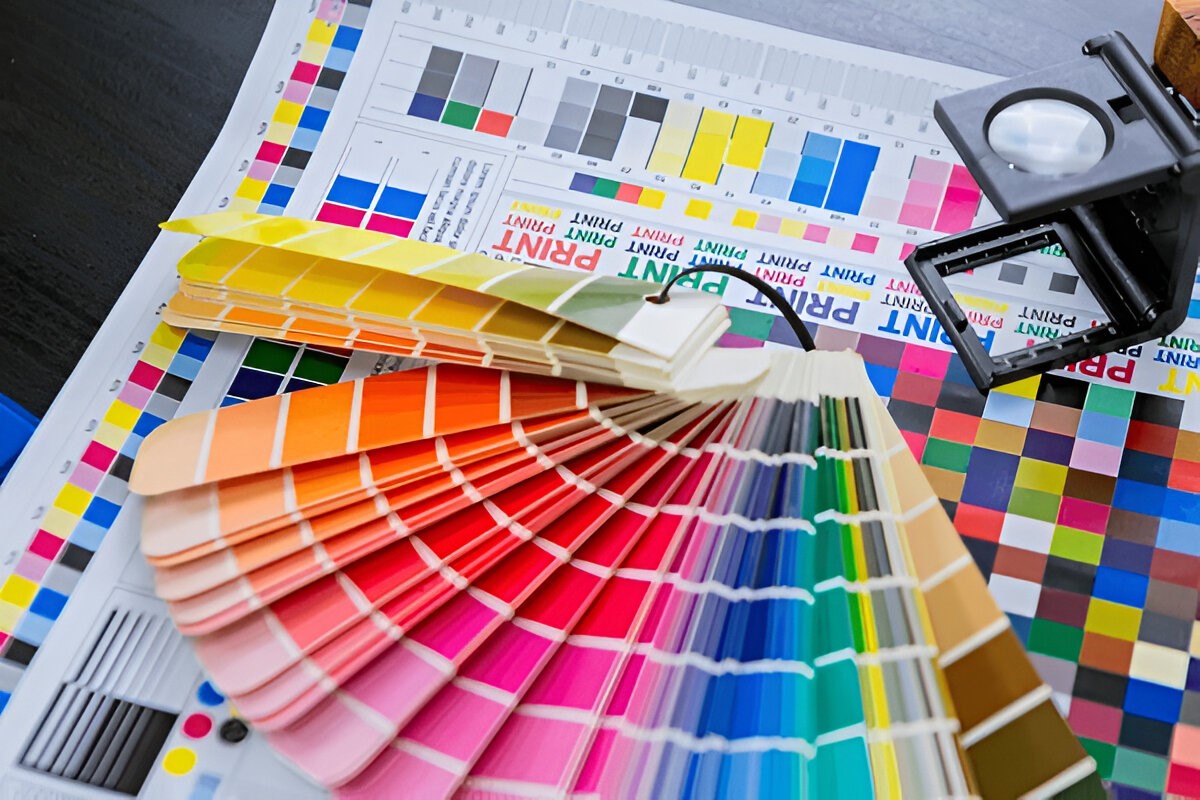Offset vs. Digital Printing: Which Is Right for Your Seattle Business Project?

Deciding on the perfect printing method for your next project can be a puzzle. In the fast-paced world of Seattle custom printing, you’ve likely heard of two main options: offset and digital. While both can produce beautiful results, understanding the key differences is crucial for any business, big or small. This guide will help you determine which method is the best fit for your specific needs, all while focusing on what matters most to you.
Table of Contents
ToggleUnderstanding the Core Difference
Think of offset printing as a meticulous, high-volume production line. It uses metal plates to transfer ink onto paper. This process has been the industry standard for decades, known for its exceptional color accuracy and consistency, especially for large print runs. The initial setup is more complex and time-consuming, as it requires creating the custom plates for each color.On the other hand, digital printing is like a modern, high-tech office printer on steroids. It applies toner or liquid ink directly to the paper from a digital file, much like a laser printer. This eliminates the need for plates and extensive setup, making it an ideal solution for speed and flexibility.When to Choose Digital Printing
For many Seattle design firms and local businesses, digital printing is the go-to choice, and for good reason. Its primary advantages are speed, cost-effectiveness for small orders, and personalization.- Cost-Effective for Short Runs: If you need a small quantity of materials—say, 100 flyers, a handful of brochures, or a single banner—digital printing is the most economical option. The lack of setup costs means you aren’t paying for the time and materials it takes to create printing plates.
- Fast Turnaround: In a city where deadlines are tight, digital printing is a lifesaver. The reduced preparation time allows for quick production, often with same-day or next-day delivery options available.
- Personalization and Variable Data: Digital printing allows for variable data printing, which means you can easily customize each individual piece in a print run. This is perfect for personalized direct mail campaigns, custom invitations, or any marketing material that needs to speak directly to the recipient. The technology ensures uniformity and high precision across every piece.
When to Consider Offset Printing
While digital printing has its benefits, offset printing still holds a significant place for specific projects. Its main strengths lie in quality and cost for very large-scale projects.- Exceptional Quality and Consistency: For projects where color accuracy is paramount, such as high-end brand collateral or art prints, offset printing shines. It can handle a wider variety of specialty inks and finishes, providing a superior, uniform look across hundreds or thousands of copies.
- Best for High Volumes: Although the initial setup cost is higher, the per-unit cost drops dramatically with larger quantities. If you need thousands of brochures, business cards, or catalogs, offset printing becomes the most cost-efficient choice.
Making the Right Choice with Seattle Design & Print
The question isn’t which method is “better,” but which one is right for your project. Whether you need a small batch of quick and customizable materials or a massive run of pristine, uniform brochures, Seattle Design & Print has the expertise and equipment to guide you. Their team acts as a dedicated partner, helping you navigate the options from conception to execution. For a comprehensive look at how they can help you with your next project, explore their full range of banner printing, copying, and custom sign services. As one of the premier Seattle design firms, they not only offer a wide range of printing services but also provide expert graphic design to ensure your vision comes to life.Frequently Asked Questions
What is the main difference between offset and digital printing?
Offset printing uses custom metal plates to transfer ink, making it ideal for large print runs with high color accuracy. Digital printing applies ink directly from a digital file, making it faster and more cost-effective for smaller, personalized projects.
Which printing method is more affordable for a small business?
For small to medium-sized projects, such as a few hundred flyers or a single custom sign, digital printing is almost always more affordable due to its lower setup costs and faster production time.
Can I get a custom, personalized project done with offset printing?
No, offset printing is not suitable for variable data or personalization. For projects where each item needs to be unique, such as personalized postcards or custom invitations, digital printing is the only option.
How do I choose the right printing method for my specific project?
The best way to choose is to consider your project's volume, budget, and desired turnaround time. If you have a large quantity (thousands) and require very specific color matching, offset is a good choice. For smaller quantities, fast service, or personalization, digital printing is best.
Does Seattle Design & Print offer both offset and digital printing services?
Yes, Seattle Design & Print offers a full range of custom printing services, including both digital and offset. They can help you determine the most suitable and cost-effective method for your project, from design to delivery.
